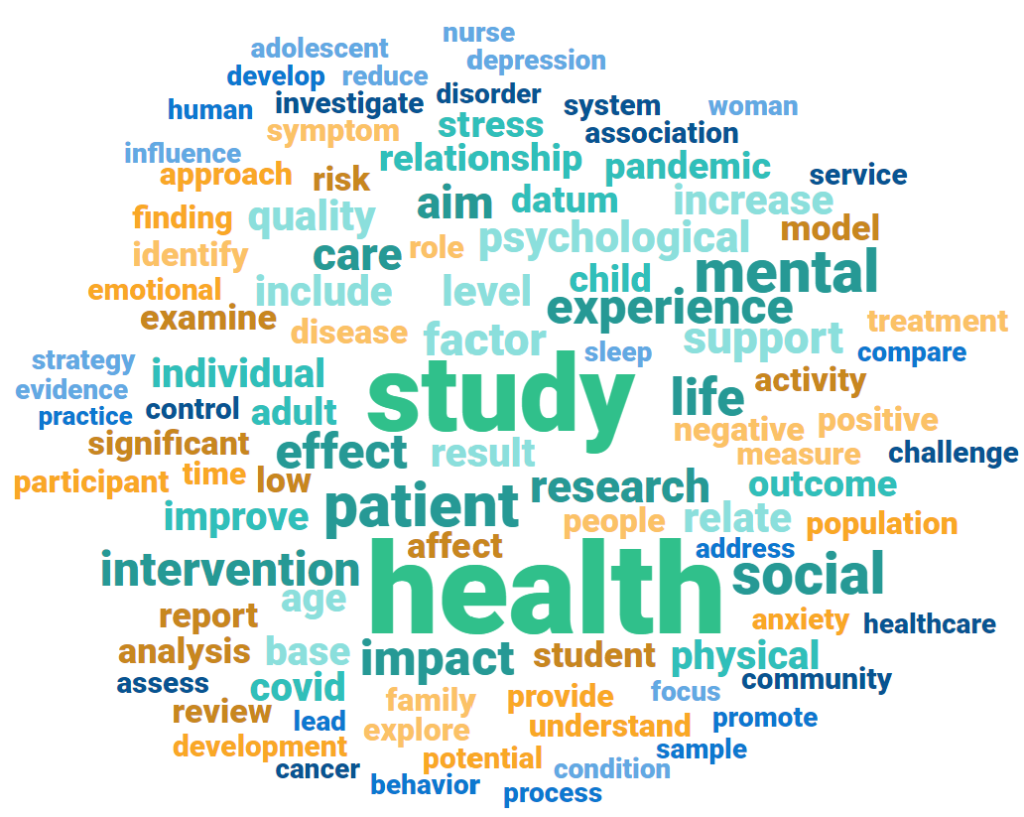
Well-being in Public Health: A Comprehensive Look
The notion of well-being, a term resonating within personal development circles and corporate health retreats, has found its most profound relevance within the domain of public health. This is not a mere coincidence. Well-being offers a holistic perspective, bridging the mental and physical aspects of health while considering the environmental and societal dimensions that influence it. In this post, we’ll explore the intricate weave of well-being, its deep implications in public health, and the visionaries championing this holistic perspective.

Decoding Well-being: Beyond the Surface
Often misconstrued as merely “feeling good,” wellbeing offers a broader perspective on the quality of life. It is an intricate dance between several elements:
- Physical health: This isn’t just about the absence of illness. Are our bodies receiving the right kind of nourishment? Are we maintaining an active lifestyle to ensure physical vitality?
- Mental health: Beyond the absence of diagnosable conditions, it questions our emotional equilibrium. How do we respond to life’s challenges? Do we possess the resilience and coping mechanisms to navigate its ups and downs?
- Social connections: More than just having friends, it’s about the quality of our relationships. Are we nurturing meaningful connections that provide support, understanding, and shared joy?
- Environment: Beyond the obvious cleanliness and absence of pollutants, it’s about creating spaces—both urban and rural—that inherently promote healthy living, green expanses, and community interaction.
The Synergy of Well-being and Public Health
Historically, public health efforts have revolved around curbing epidemics, promoting vaccinations, and removing potential health hazards. But in a rapidly evolving world, where sedentary lifestyles and mental health challenges are escalating, there’s an urgency to broaden this perspective.
- Prioritizing Early Intervention: This is about being proactive rather than reactive. If a community shows rising levels of stress, perhaps due to economic downturns or other societal pressures, early mental health interventions, community support groups, or awareness campaigns can help mitigate larger crises.
- Championing Healthy Lifestyles: This goes beyond just suggesting regular exercise or a balanced diet. It’s about creating societal structures that inherently promote these choices, from park spaces to cycling lanes and community events.
- Shaping Nurturing Environments: A key part of public health should be advocating for urban planning that factors in green spaces, ensures clean air and water, and considers spaces for community interactions, ensuring mental and physical health are emphasized equally.
- Fostering Stronger Social Ties: A sense of belonging and community has repeatedly been shown to positively affect individual health. Ensuring community spaces, events, and initiatives strengthening these bonds can be a game-changer in public health.
Champions of Wellbeing in the Modern Era
While several organizations and thought leaders are working tirelessly in this domain, groups like We in the World deserve a special mention for their comprehensive approach. Their multidisciplinary methodology brings awareness and integrates well-being into tangible societal structures, from policy advocacy to building global networks of like-minded practitioners.
Embracing the Future
Prioritizing well-being in public health isn’t a fleeting trend—it’s an essential evolution. As we navigate the challenges of the modern era, a more encompassing view of health—one that integrates physical, mental, societal, and environmental aspects—will be pivotal in shaping a resilient, thriving global community.
Conclusion
With its multi-dimensional approach, well-being offers a fresh lens to view public health. As we look to the future, it’s clear that a deeper understanding and application of wellbeing principles will be the cornerstone of robust, holistic, and inclusive public health strategies.
Stay current with Public Health News! Subscribe below!



